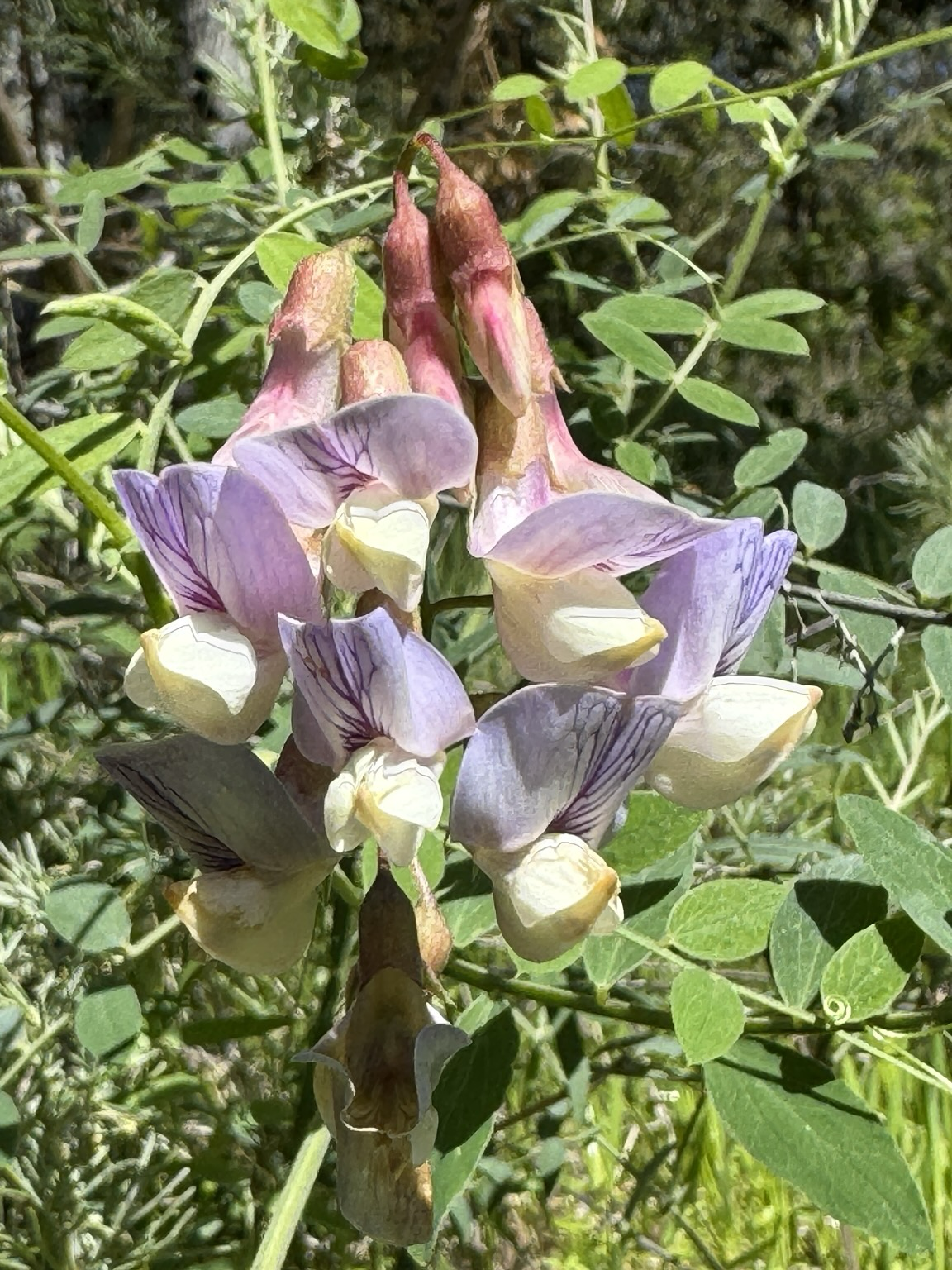Event JSON
{
"id": "8354a30238229eb89a07e11a7883b1bb2eddc8db1144445bfb506cda3f3a7959",
"pubkey": "73da544f7f786c5634a1f6e9a974020d6d01040731fe02657820b6c5ac137d70",
"created_at": 1742529774,
"kind": 1,
"tags": [
[
"t",
"wildflowers"
],
[
"t",
"wildlife"
],
[
"t",
"nature"
],
[
"t",
"california"
],
[
"imeta",
"url https://files.sfba.social/media_attachments/files/114/198/430/484/824/907/original/e1e2b3b764f6736a.png",
"m image/png",
"dim 1152x1536",
"blurhash UIF?8+Vx9?o{i*%dIpM|4,a%%3ayI.M{w}s;"
],
[
"proxy",
"https://sfba.social/users/birdbander/statuses/114198431333031420",
"activitypub"
]
],
"content": "Like most other pea plants, Pacific Pea (Lathyrus vestitus) hosts Rhizobium bacteria in its root nodules, fixing nitrogen from the air to enrich poor soils like serpentine. When the plant dies, it releases the fixed nitrogen, fertilizing the soil.\n\n#wildflowers #wildlife #nature #california\n\nhttps://files.sfba.social/media_attachments/files/114/198/430/484/824/907/original/e1e2b3b764f6736a.png",
"sig": "2c328114f5bca667430655a984a810374183cbddbe6317e5f855b62be089fcf6dd9360b0670aa1cfc35c45fa0283cc0524662609962415c877598efaa2780849"
}

